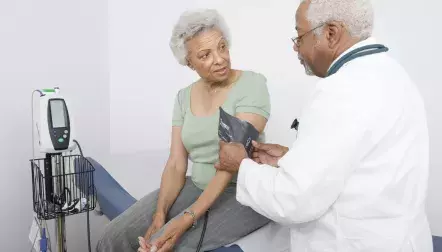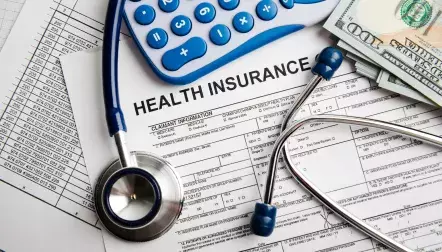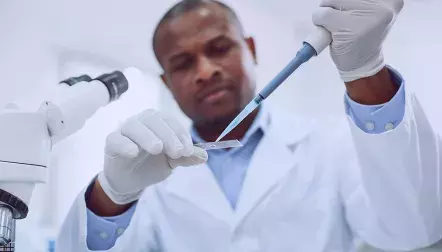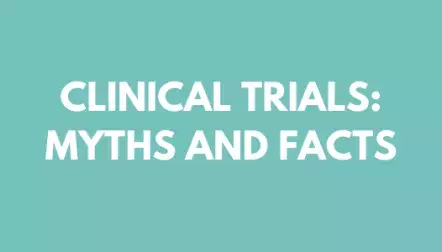
Phases of clinical trials

- Medically reviewed by
- AKF's Medical Advisory Committee
- Last updated
- May 4, 2022
There are usually four phases of a clinical trial. Each phase helps move the study along, step by step. The purpose of a clinical trial could be to study a medicine, a therapy, or a method of preventing or detecting a disease.
Before a clinical trial even starts, the new medicine or therapy is tested in a laboratory and with animals to be sure that it is safe for people to take. It must pass an Investigational New Drug application, which is approved by the Food and Drug Administration (FDA) before the clinical trial can start. The structure of the clinical trial is also reviewed by an Institutional Review Board to be sure that the benefits of the trial are greater than the risks, and that the safety of the participants is taken seriously.
The 4 phases of a clinical trial:
Phase 1
- Phase 1 includes between 20 and 100 people.
- Participants can be healthy or have the disease or condition being studied.
- Researchers observe the participants very closely, and check to see how the medicine or therapy works in a human body. They may also change the dose (the amount) they give of the medicine or therapy to understand what amount is best.
- Phase 1 usually lasts for several months.
Phase 2
- Phase 2 includes about 300 people who have the disease or condition being studied.
- Researchers gather more information about how safe the medicine or therapy is.
- Phase 2 usually lasts from a few months up to two years
Phase 3
- Phase 3 includes 300 to 3,000 volunteers who have the disease or condition being studied.
- Researchers check whether the medicine or therapy actually works to prevent, diagnose or treat the disease or health condition it was made for. Researchers learn more about possible side effects of the medicine or therapy because more people are involved.
- Phase 3 can last for one to three years.
Phase 4
- Phase 4 includes thousands of people who have the disease or condition being studied.
- The medicine or therapy has been approved by the Food and Drug Administration (FDA) to be given to the public.
- Researchers continue to look at the new medicine or therapy's benefits and risks (side effects) and at the way to best use it.
Exceptions
There are exceptions to the standard clinical trial process. Sometimes a drug or device is needed quickly to save people's lives.
Humanitarian device exemption
When researchers are making a device for a rare disease (defined as a disease affecting less than 8,000 people in the United States) the research team can apply for a Humanitarian Device Exemption (HDE) with the Food and Drug Administration (FDA). The exemption allows researchers to make a device without having to go through the standard phases of testing. However, researchers still must test to be sure the device is safe to use for people.
Expedited drug approval
This can happen when there is a drug made that is important for treating people with serious diseases. The Food and Drug Administration (FDA) speeds up the review and approval process. The following are the four categories for the expedited approval process:
- Fast track quickens the review of the medicine or therapy to make it ready for use in people with a serious illness.
- Breakthrough therapy speeds up the development and review of a medicine or therapy that is much better in treating a health condition than the medicine or therapy currently being used.
- Accelerated approval is based on strong results that show the medicine or therapy works on a certain aspect of the health condition (for example, shrinking a cancer tumor). Later, the research team will need to conduct studies to make sure the medicine or therapy improves the health condition overall.
- Priority review is when a drug is approved within six months instead of the standard 10 months. The research team must show that the medicine or therapy is safer or works better in treating or preventing a serious condition than the medicine or therapy currently being used.
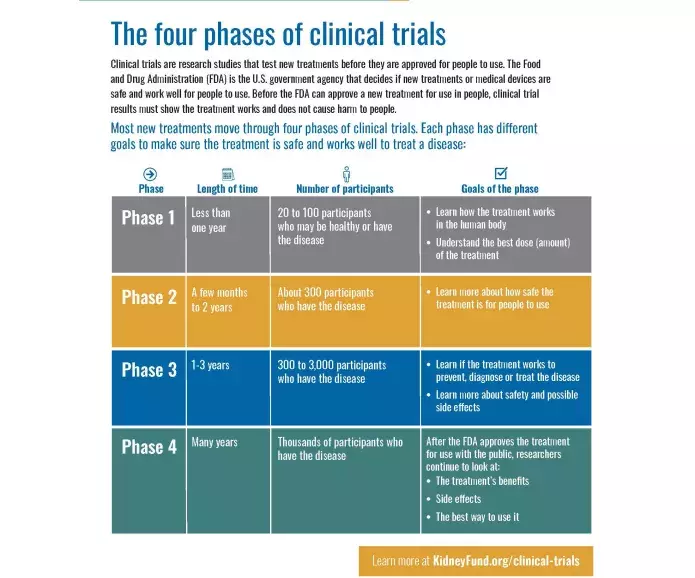
Infographic
The four phases of clinical trials
Download an infographic about the the four phases of clinical trials.







